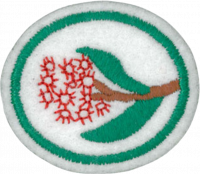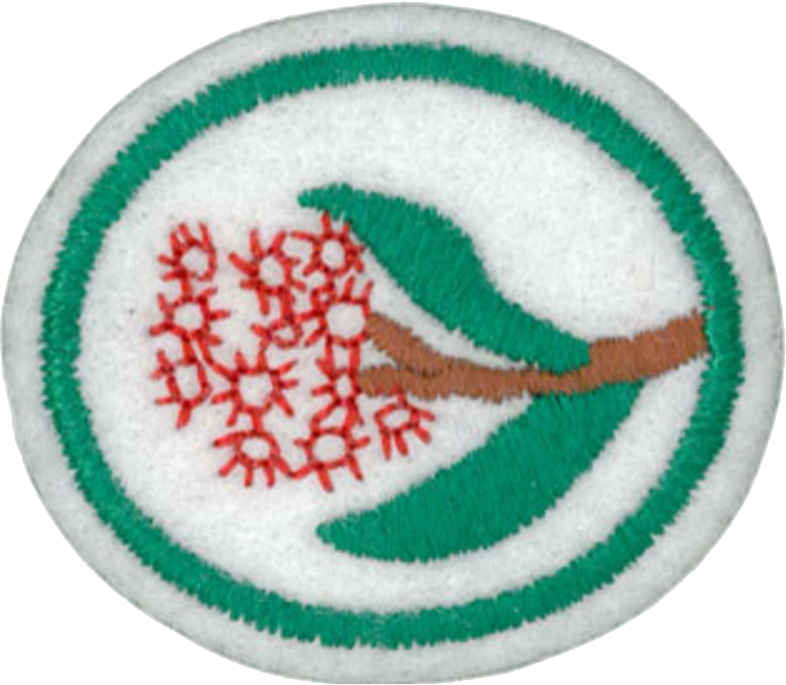Difference between revisions of "AY Honors/Eucalypts/Answer Key/es"
From Pathfinder Wiki
(Created page with "</noinclude> <!-- 5. ¿En qué grupos se dividen los eucaliptos y qué rasgo se utilizan para este propósito? -->") |
(Created page with "</noinclude>") |
||
| Line 91: | Line 91: | ||
{{CloseReq}} <!-- 6a --> | {{CloseReq}} <!-- 6a --> | ||
{{ansreq|page={{#titleparts:{{PAGENAME}}|2|1}}|num=6b}} <!--T:12--> | {{ansreq|page={{#titleparts:{{PAGENAME}}|2|1}}|num=6b}} <!--T:12--> | ||
| − | <noinclude> | + | <noinclude></noinclude> |
| − | </noinclude | ||
| − | |||
| − | |||
| − | + | <noinclude></noinclude> | |
| − | <noinclude | ||
| − | |||
{{CloseReq}} <!-- 6b --> | {{CloseReq}} <!-- 6b --> | ||
{{CloseReq}} <!-- 6 --> | {{CloseReq}} <!-- 6 --> | ||
{{ansreq|page={{#titleparts:{{PAGENAME}}|2|1}}|num=7}} | {{ansreq|page={{#titleparts:{{PAGENAME}}|2|1}}|num=7}} | ||
| − | <noinclude> | + | <noinclude></noinclude> |
| − | </noinclude> | + | <!-- 7. Explicar lo siguiente: --> |
| − | <!-- 7. | ||
| − | |||
| − | + | <noinclude></noinclude> | |
| − | <noinclude | ||
| − | |||
{{ansreq|page={{#titleparts:{{PAGENAME}}|2|1}}|num=7a}} | {{ansreq|page={{#titleparts:{{PAGENAME}}|2|1}}|num=7a}} | ||
<noinclude><div lang="en" dir="ltr" class="mw-content-ltr"> | <noinclude><div lang="en" dir="ltr" class="mw-content-ltr"> | ||
| Line 115: | Line 106: | ||
</div> | </div> | ||
| − | + | <noinclude></noinclude> | |
| − | <noinclude | ||
| − | |||
{{CloseReq}} <!-- 7a --> | {{CloseReq}} <!-- 7a --> | ||
{{ansreq|page={{#titleparts:{{PAGENAME}}|2|1}}|num=7b}} <!--T:13--> | {{ansreq|page={{#titleparts:{{PAGENAME}}|2|1}}|num=7b}} <!--T:13--> | ||
| − | <noinclude> | + | <noinclude></noinclude> |
| − | </noinclude | ||
| − | |||
| − | |||
| − | + | {{clear}} | |
| − | |||
| − | |||
| − | + | <noinclude></noinclude> | |
| − | <noinclude | ||
| − | |||
{{CloseReq}} <!-- 7b --> | {{CloseReq}} <!-- 7b --> | ||
{{CloseReq}} <!-- 7 --> | {{CloseReq}} <!-- 7 --> | ||
{{ansreq|page={{#titleparts:{{PAGENAME}}|2|1}}|num=8}} | {{ansreq|page={{#titleparts:{{PAGENAME}}|2|1}}|num=8}} | ||
| − | <noinclude> | + | <noinclude></noinclude> |
| − | </noinclude> | + | <!-- 8. Nombrar la manera en que los eucaliptos ayudan a las personas, los animales, pájaros e insectos. --> |
| − | <!-- 8. | ||
| − | |||
| − | |||
| − | |||
| − | + | {{clear}} | |
| − | |||
| − | |||
| − | + | {{clear}} | |
| − | |||
| − | |||
| − | + | {{clear}} | |
| − | |||
| − | |||
| − | + | {{clear}} | |
| − | |||
| − | |||
| − | + | {{clear}} | |
| − | |||
| − | |||
| − | + | {{clear}} | |
| − | |||
| − | |||
| − | + | <noinclude></noinclude> | |
| − | <noinclude | ||
| − | |||
{{CloseReq}} <!-- 8 --> | {{CloseReq}} <!-- 8 --> | ||
{{ansreq|page={{#titleparts:{{PAGENAME}}|2|1}}|num=9}} | {{ansreq|page={{#titleparts:{{PAGENAME}}|2|1}}|num=9}} | ||
Revision as of 15:42, 12 April 2021
Eucaliptos
Nivel de destreza
1
Año
Desconocido
Version
22.12.2025
Autoridad de aprobación
Asociación General
1
¿Cuántas especies diferentes de eucaliptos han sido nombrados en Australia?
2
Explicar lo siguiente:
2a
¿De dónde proviene el nombre del eucalipto?
2b
¿A qué familia pertenecen los eucaliptos?
3
Explicar lo siguiente:
3a
¿En qué otras partes del mundo crecen los eucaliptos?
3b
¿Cuántos de ellos son autóctonos de ese país?
4
Explicar lo siguiente:
4a
¿Qué país tiene los árboles de madera noble más altos?
4b
¿Dónde crece?
4c
¿Cuán alto es?
4d
¿Qué país tiene el árbol de flor más alto?
5
¿En qué grupos se dividen los eucaliptos y qué rasgo se utilizan para este propósito?
6
¿Cómo se adaptan los eucaliptos a:
6a
frecuentes incendios forestales?
6b
las regiones áridas?
7
Explicar lo siguiente:
7a
¿De qué especies extraen el aceite de eucalipto?
7b
¿Dónde se hace en Australia?
8
Nombrar la manera en que los eucaliptos ayudan a las personas, los animales, pájaros e insectos.
9
Hacer una colección de 15 diferentes especies de eucaliptos que usted puede identificar y dibujar o localizar o recolectar los frutos de cada uno mostrando la fecha y el lugar y el nombre del colector.
For this requirement, you will need to visit a place where Eucalypts grow, such as Australia or California. There are only 2 types widely grown in California however the river red gum (E. camaldulensis) and the much more abundant Tasmanian blue gum (E. globulus) while there are nearly 600 varieties available in Australia.
You will also need a field guide to help you identify the various eucalypt species. Here are some suggested publications that might be useful:
- Know Your Own Trees: A Short Introduction to the Study of Our Common Eucalypts
- Australian eucalypts: A selection of over 80 tree studies with notes on characteristics, identification, uses and cultivation
- Eucalypts: A Bushwalker's Guide from Newcastle to Wollongong
- The Urban Tree Book: An Uncommon Field Guide for City and Town


